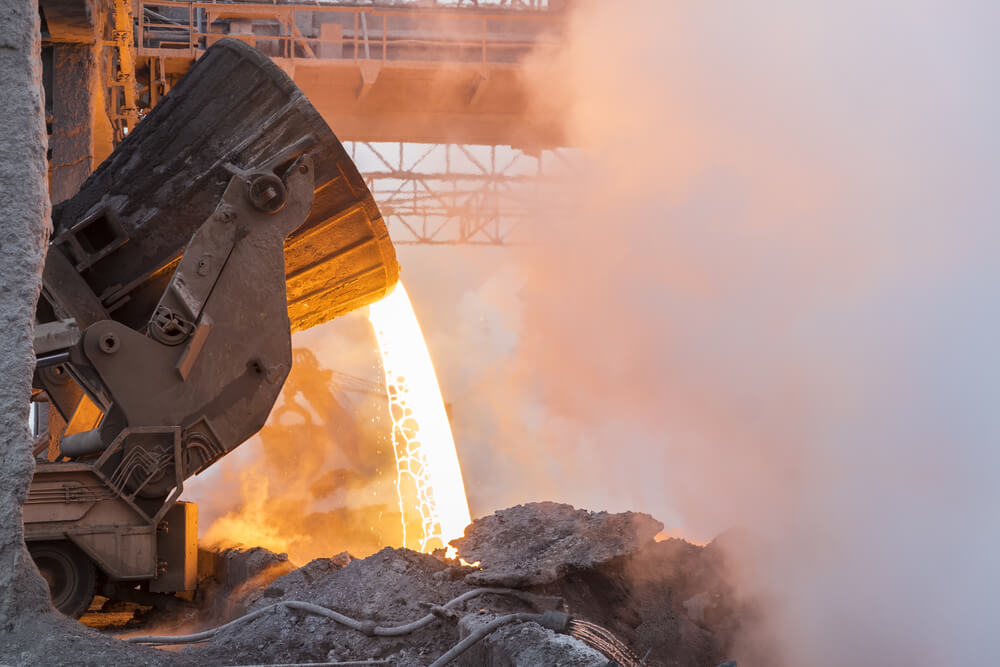Rare earth minerals, the raw materials used in electric cars, wind turbines, solar panels, and various defense applications are scarce, and “the threat of future supply problems for rare earths and other so-called ‘critical elements’ still looms“:
With the global push to reduce greenhouse gas emissions, it’s ironic that several energy- or resource-saving technologies aren’t being used to the fullest simply because we don’t have enough raw materials to make them. … The problem was that China, which controlled 97 percent of global rare earth production, had clamped down on trade. A solution was brokered and the price shock faded, but the threat of future supply problems for rare earths and other so-called ‘critical elements’ still looms.
The U.S. Geological Survey reported that consumption of rare earth materials in China was expected to grow 52% by 2020:
According to China’s Rare Earth Industry Association, consumption of rare-earth oxides in China was forecast to increase from 98,000 tons in 2015 to 149,000 tons in 2020.
How will a limited supply of rare earth minerals meet this rapidly growing demand? Not from recycling. According to a paper published in the journal Nature, only about 1% of rare earth materials are actually recycled:
End-of-life recycling rates vary from about 1% for potentially critical metals like the rare earth elements to 55% or so for aluminium and 70% or more for iron.

